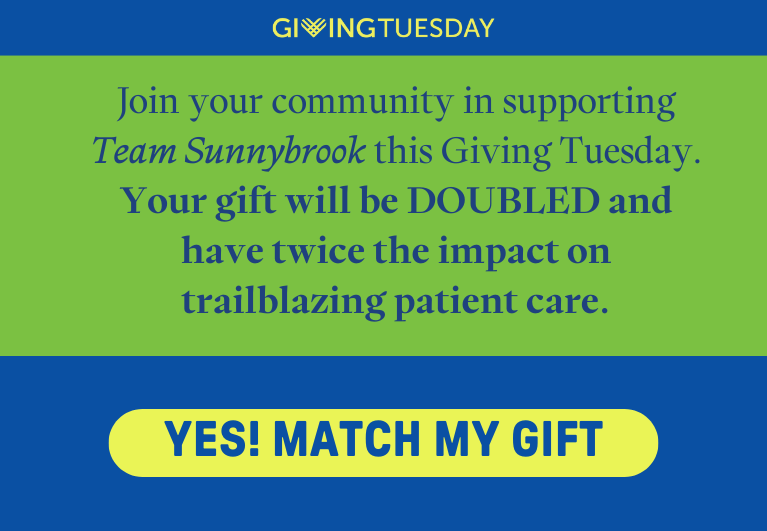Chronic Lower Back Pain Sees New Treatment Trial
Sunnybrook has received a research grant to study a breakthrough Canadian technology that is showing promising results for treating lumbar discogenic pain, a type of chronic lower back pain that can be difficult to diagnose and therefore treat.
The trial will recruit 40 Toronto-area residents to examine the use of the TransDiscal™ system which uses radiofrequency technology to target and treat discogenic pain. Discogenic pain is pain that originates from the spinal discs which act as cushions between the bones of the spine. The pain can produce a severe aching discomfort across the lower back that gets worse when the patient remains in the same position for too long.
The condition is diagnosed by MRI which typically shows no disc herniation but does reveal tearing and a loss of water content. Accurate diagnosis of discogenic pain requires confirmation by a discogram, a minimally invasive X-ray guided diagnostic procedure of the spinal discs.
“The knowledge that we have around the technology is extremely promising, so we’re looking forward to gathering evidence on the extent of the pain relief resulting from the procedure,” says Dr. Michael Gofeld Assistant Professor, University of Toronto, from the Pain Management Program, Sunnybrook Health Sciences Centre. “This is particularly exciting as the technology is Canadian and has the potential for curing a type of pain that comprises about 45 per cent of lower back pain.”
The procedure, radiofrequency disc biacuplasty, is minimally invasive and takes approximately one hour on an outpatient basis. During the procedure, two probes are inserted with X-ray guidance into either side of the affected disc through introducer needles. A local anaesthetic is administered where the probes are inserted. Radiofrequency energy is then passed between the probes which heats the disc tissue between and surrounding the probes. The procedure may close small tears and fissures associated with disc pain and destroy pain-transmitting nerves inside the disc.
“It takes approximately two to eight weeks for patients to notice a marked improvement in their pain,” says Dr. Gofeld. “The implications of this research could be wide-reaching, as this is a safe procedure with so far no reported complications. There are few studies, and this trial will evaluate how patients are doing after the procedure and after receiving physiotherapy. As well, this procedure potentially avoids the patient having to face spinal fusion, a surgical procedure that was commonly recommended for the treatment of discogenic pain but had a very low success rate and a relatively high risk of complications.”
Eligible candidates for the study must:
- Live in the Toronto area
- Have only one disc affected by lumbar discogenic pain
- Be non-smokers
- Have a referral and MRI from their family physician or specialist to the Sunnybrook Pain Clinic
- Patients who think they may be good candidates may call the Low Back Pain Study patient inquiry line at 905-602-0489 and speak to a research assistant. They will be asked several qualifying questions
- Commit to a strict protocol, which includes attending physiotherapy for six weeks after the procedure and also wearing lumbar sacral support











